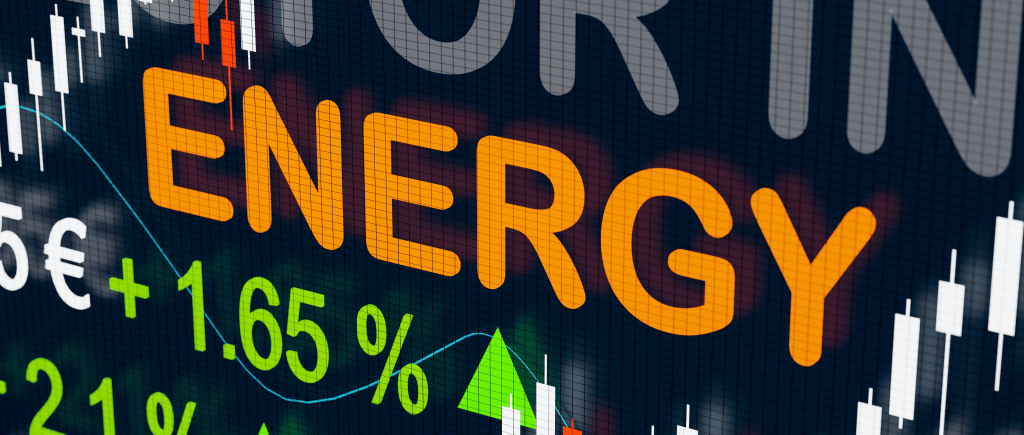Oil prices gained ground in Asian trading on Friday as signs of a potential thaw in U.S.-China trade tensions revived some optimism in the energy markets. China’s Commerce Ministry said it was open to engaging in trade discussions with the United States, helping crude rebound from recent losses.
At 02:11 GMT, Brent crude futures for July delivery rose 0.8% to $62.62 a barrel, while West Texas Intermediate (WTI) futures advanced 0.9% to $59.19 a barrel.
Despite the uptick, both benchmarks were still on track to post weekly losses of 5% to 7%, their second straight week in the red. Traders remain concerned about weakening global demand amid deteriorating economic indicators from the world’s two largest oil consumers.
China Opens Door to Trade Talks
Beijing’s announcement that it was considering U.S. trade talks—though contingent on the removal of unilateral tariffs—was a notable shift in tone. It followed reports that U.S. officials had reached out in recent days and that some members of the Trump administration appeared more open to dialogue.
While early, the potential for renewed negotiations offers a glimmer of hope for a de-escalation in the trade war that has seen over 100% tariffs imposed by both sides, weighing on investor sentiment and global demand expectations.
OPEC+ Meeting in Focus
Looking ahead, oil markets are bracing for the upcoming OPEC+ meeting on May 5, where major producers are widely expected to announce increased output. Sources suggest Saudi Arabia has privately indicated it is unwilling to continue propping up prices with deeper supply cuts.
Several other OPEC+ members are reportedly preparing to scale back cuts and ramp up production in June, marking a potential shift in strategy after more than two years of constrained supply.
The group’s easing posture is aligned with U.S. President Donald Trump’s persistent pressure for lower oil prices. However, Trump also spurred a brief rally in crude this week after threatening secondary sanctions on buyers of Iranian oil, alongside tighter restrictions on Tehran’s energy exports.
Demand Concerns Linger
Despite Friday’s modest rebound, soft GDP and PMI figures from both the U.S. and China earlier this week have stoked fears of slowing global growth and weaker fuel consumption—key headwinds for crude prices.
Unless next week’s OPEC+ meeting delivers a major surprise or trade talks gain rapid momentum, analysts warn that downward pressure on oil is likely to persist in the near term.
 Noor Trends News, Technical Analysis, Educational Tools and Recommendations
Noor Trends News, Technical Analysis, Educational Tools and Recommendations





